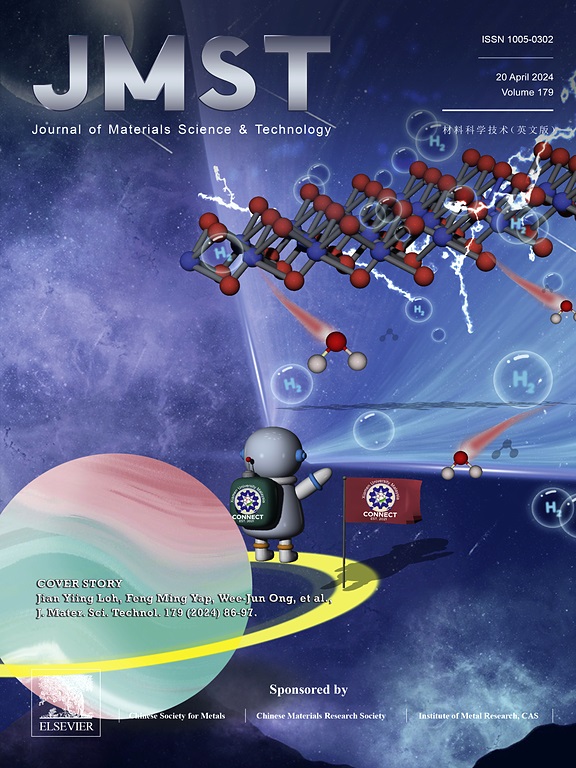Hierarchical engineering for multifunctional EMI shielding composite via dual incorporation of FeCo nanoparticles and carbon layer
IF 11.2
1区 材料科学
Q1 MATERIALS SCIENCE, MULTIDISCIPLINARY
引用次数: 0
Abstract
The proliferation of advanced electronics and devices has led to significant electromagnetic interference and pollution, resulting in heightened interest in electromagnetic interference (EMI) shielding materials in recent years. Carbon foam, as a typical porous carbonaceous material, demonstrates significant potential as an innovative EMI shielding material owing to its lightweight nature, exceptional porosity, flexibility, favorable processability, and environmental sustainability. Nonetheless, the configuration of carbon atoms within the carbon foam is significantly disordered, leading to its intrinsic conductivity being comparatively low. Consequently, its shielding efficacy cannot meet the standards required for commercial EMI materials. Herein, we propose a hierarchical engineering strategy to construct a carbon foam composite with high shielding efficacy. Specifically, the FeCo nanoparticles and carbon layer are concurrently integrated into the carbon foam matrix to modulate its magnetic characteristics and conductivity. The results demonstrate that the carbon-coated FeCo/carbon foam composite achieves a shielding effectiveness (SE) of 24 dB in the X-band, signifying a 240% improvement compared to the pristine carbon foam. Simultaneously, the composite also exhibits superior multifunctionalities involving flexibility, Joule heating, and hydrophobicity. This study provides a facile and effective routine to regulate the shielding efficacy of EMI shielding materials.

纳米FeCo纳米颗粒与碳层复合复合材料的分层工程研究
近年来,先进电子设备的扩散导致了严重的电磁干扰和污染,从而引起了人们对电磁干扰(EMI)屏蔽材料的高度兴趣。泡沫碳作为一种典型的多孔碳质材料,由于其轻质、优异的多孔性、柔韧性、良好的可加工性和环境可持续性,显示出作为一种创新的电磁干扰屏蔽材料的巨大潜力。然而,碳泡沫内的碳原子结构明显无序,导致其固有电导率相对较低。因此,其屏蔽效能不能满足商用电磁干扰材料的要求。在此,我们提出了一种分层工程策略来构建具有高屏蔽效能的碳泡沫复合材料。具体而言,FeCo纳米颗粒和碳层同时集成到碳泡沫基体中,以调节其磁性和导电性。结果表明,碳包覆的FeCo/碳泡沫复合材料在x波段的屏蔽效能(SE)为24 dB,与原始碳泡沫相比提高了240%。同时,该复合材料还表现出优异的多功能性,包括柔韧性、焦耳加热和疏水性。本研究为调节电磁干扰屏蔽材料的屏蔽效能提供了一种简便有效的方法。
本文章由计算机程序翻译,如有差异,请以英文原文为准。
求助全文
约1分钟内获得全文
求助全文
来源期刊

Journal of Materials Science & Technology
工程技术-材料科学:综合
CiteScore
20.00
自引率
11.00%
发文量
995
审稿时长
13 days
期刊介绍:
Journal of Materials Science & Technology strives to promote global collaboration in the field of materials science and technology. It primarily publishes original research papers, invited review articles, letters, research notes, and summaries of scientific achievements. The journal covers a wide range of materials science and technology topics, including metallic materials, inorganic nonmetallic materials, and composite materials.
 求助内容:
求助内容: 应助结果提醒方式:
应助结果提醒方式:


